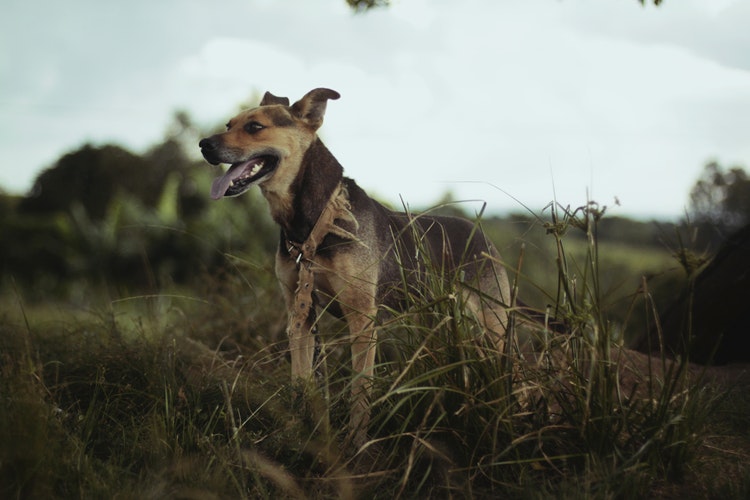5 Ways to Curb Dog Separation Anxiety
Dogs, being very social animals, always want to be by your side. However, this is not always attainable as you have to be elsewhere and you can’t always have them by your side all the time. Dogs dread being left alone in the house. They express their discomfort by creating a nuisance bark or whine noises. These can escalate to the destruction of property around the house, and this may be quite expensive especially if you have a few valuables laying around. Therefore, there is a need to formulate a methodology to curb these separation anxieties.
1. Walking The Dog Before Leaving
To calm down the dog, ensure that you spare time to brisk walk or vigorously play a game with your dog. A game of fetch would be enough to get the job done. This exercise will help cut down on the hyper nature of the dog by physically tiring the dog, and these may allow it to take a nap after you leave. The exercise also works to relieve the dog’s brain of excess hormones just like exercises do to a human.
2. Hire a Professional Dog Walker
If your schedule allowed it, the best scenario would be to come back home during lunch hour and spend a little time with your dogs. But if this is not possible then it’s time to talk to your neighbors who own pets. Organize to take shifts to walk the pets in the absence of the other. Else, hiring the services of a dog walker to exercise the dog would be another great alternative.
3. Buy The Dog More Toys
Separation anxiety can cause boredom, and this may cause very destructive behaviors in the house. It is for this reason that you may want to leave the dog’s favorite toys around to act as distraction in case the anxiety kicks in. Simple diversions distract dogs. These toys create the needed distraction for your dog so as to keep him away from your other house items. As a caution, avoid leaving hidden treats in these toys as when he finds them, he will quickly move on to the furniture.
4. If It Possible Pair Your Dog Up
It’s been widely accepted by dog owners that pairing them up creates the environment need to get rid of the loneliness. The notion behind this is very noble but can cause more harm than good. There are several things to consider before adopting the second dog. Here are some of the things to consider:
– Size and Energy Level
Though small and large dogs can be friends it’s wise to keep in mind that in case of a confrontation, the little dog might get injured. So, if the risk of confrontation is too high, then, getting a relatively same sized pet for a second pet would be a good idea.
– Temperament
Get a partner dog with the same range of attitude as your dog. Avoid pairing a rambunctious dog with a sweet, calm dog. A wild puppy paired with an adult dog can make the dog restless and angry. It may be a good idea, though, to match a shy, laid-back dog with an easygoing confidence younger one as it may improve its overall view of life.
– Sex
Here, most expert’s advice on any opposite sex partner. This option increases the chances of bonding without the risk of dominance duals. While two males may fight for a dominant position, they aren’t as bad the bitches. Females are in to win, and their fights may lead to bruises or worse, fatal wounds.
5. Ensure The Second Dog Fits Your Lifestyle
Evaluate your lifestyle first, if you are currently considering to adopt a dog. Consider if the dog would fit in your schedule. If you think your dog will be spending most of its time home alone, then it would be wise to choose a breed that is less hyper and low-energy that won’t need much exercise or outdoor time. It would even be to your benefit adopting an older dog as it is much calmer than puppies.
If it’s the first pet you are adopting; you can opt to choose two already bonded dogs. This choice will avert any of the forced bonding that may arise with taking in the second dog.
However, there are issues to consider with adopting more dog pets.
– Two dogs are three times as much work as one.
Adding more dogs means more work to take care of each of them. One would expect that two dogs would train each other, but that is not the case at all.
– Dogs don’t necessarily teach each other good traits.
If the resident dogs don’t perform to fit the desired characteristics then adding the second partner doesn’t necessarily mean that it will learn any better from the second dog. On the contrary, the dog may pick put some undesired habits such as barking, cat chasing, and counter surfing.
Cubing dogs’ separation anxiety can be achieved through several ways as discussed above. Some of these methods can cause more problems in the process or create more work for the owner. Therefore, before settling on any of the methods consult a veterinary consultant first.
